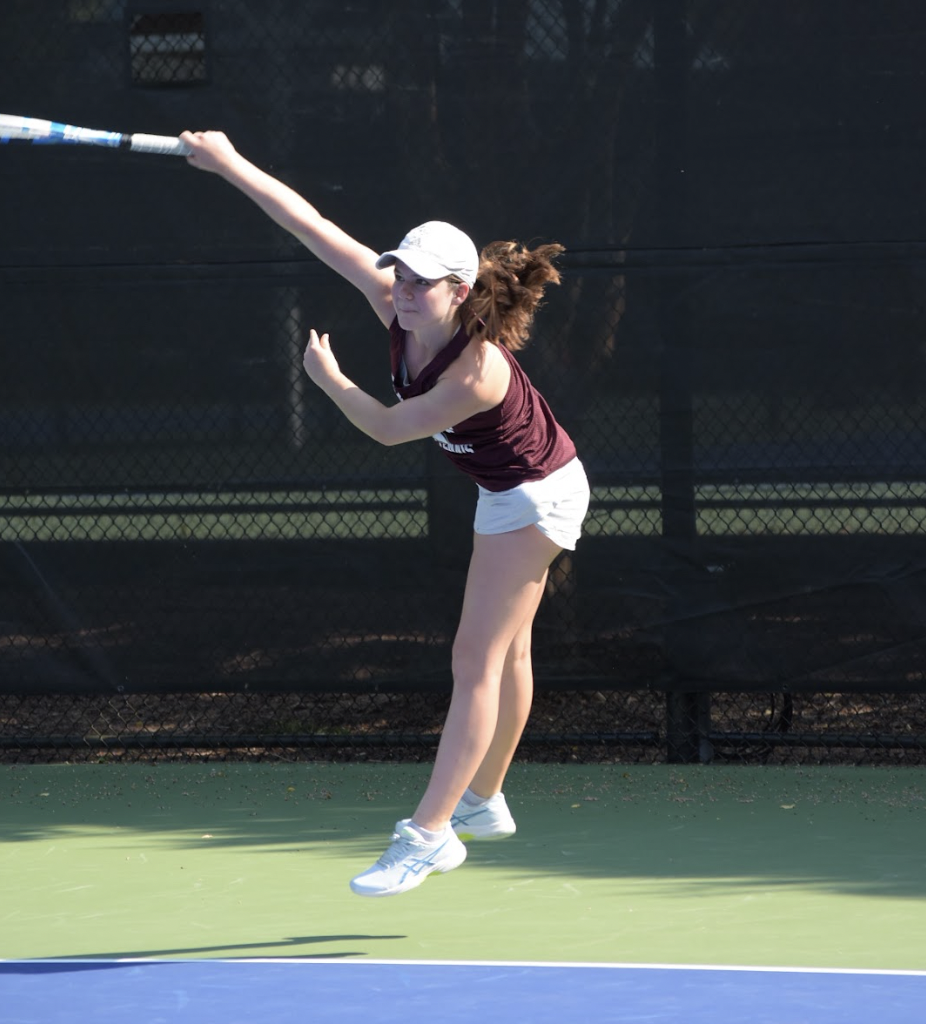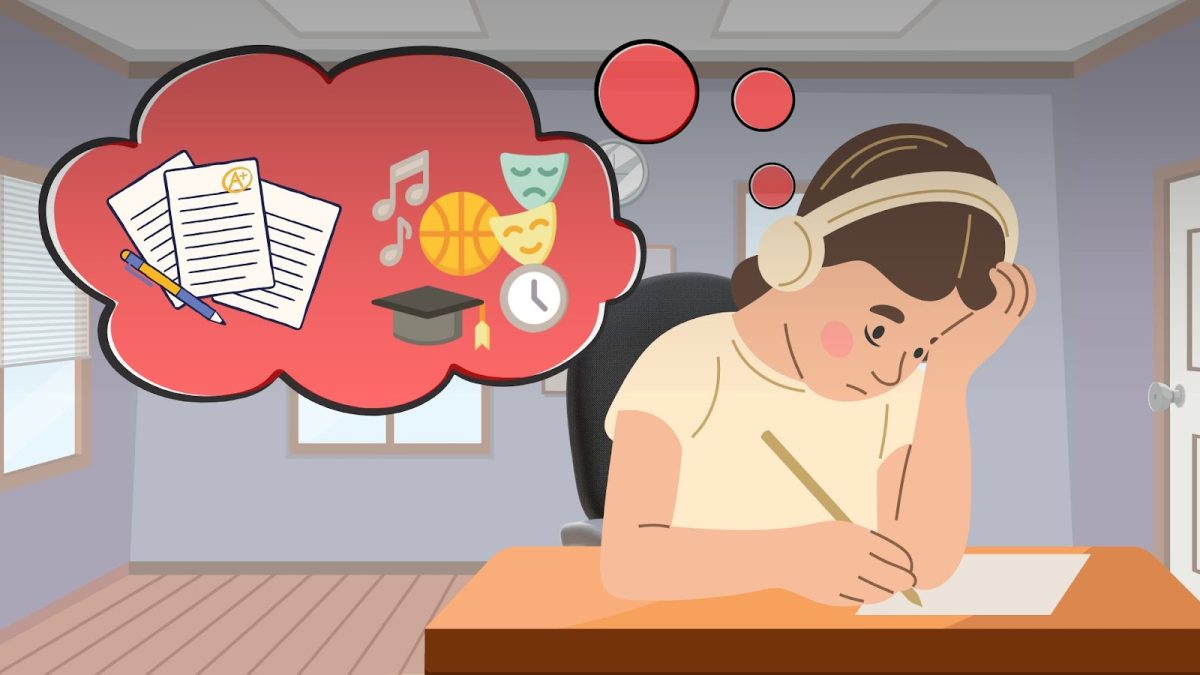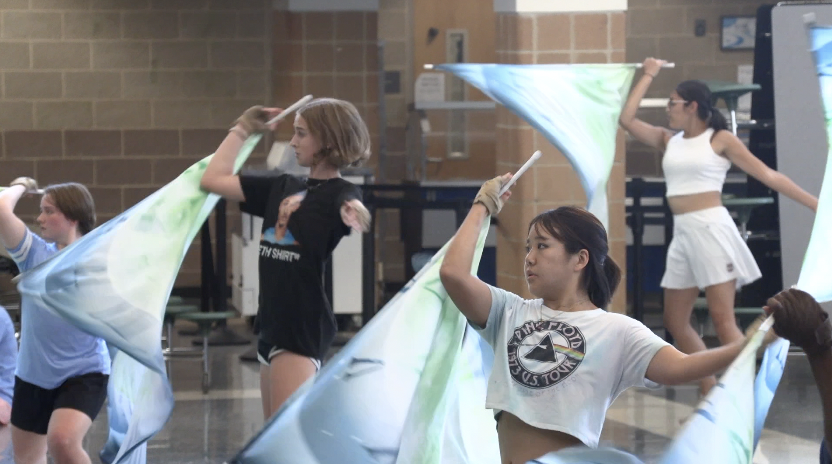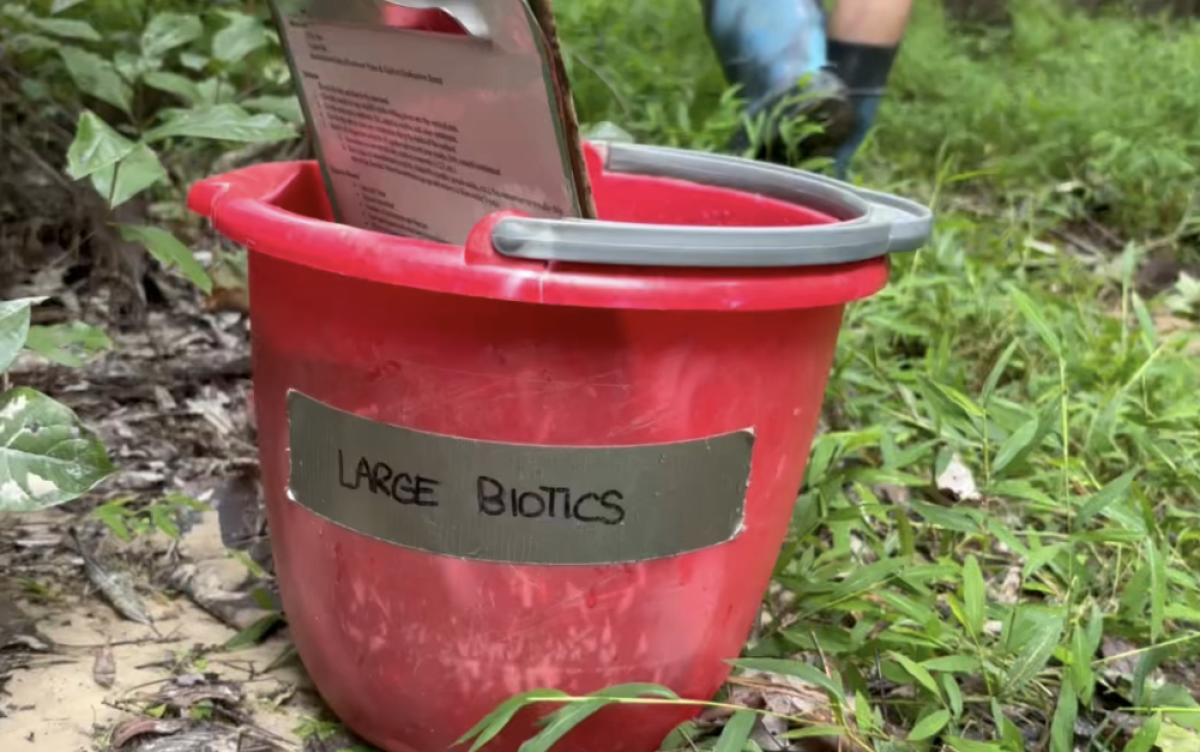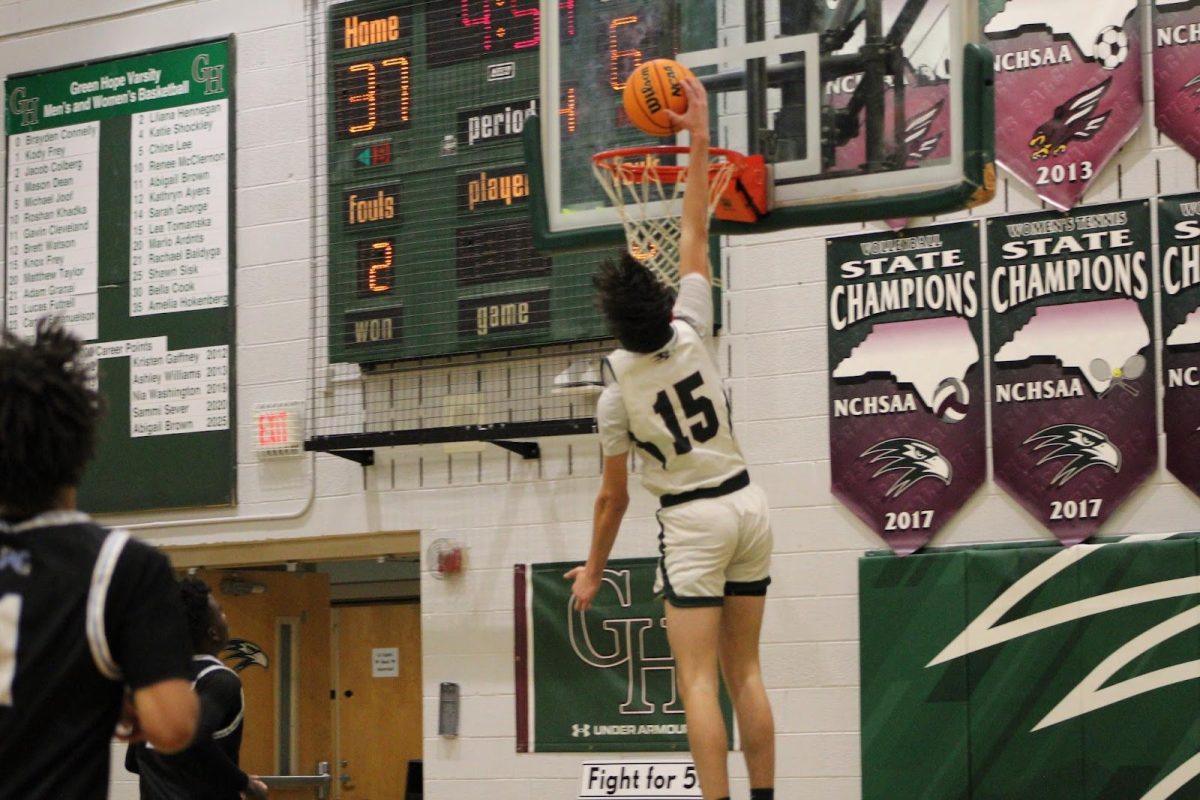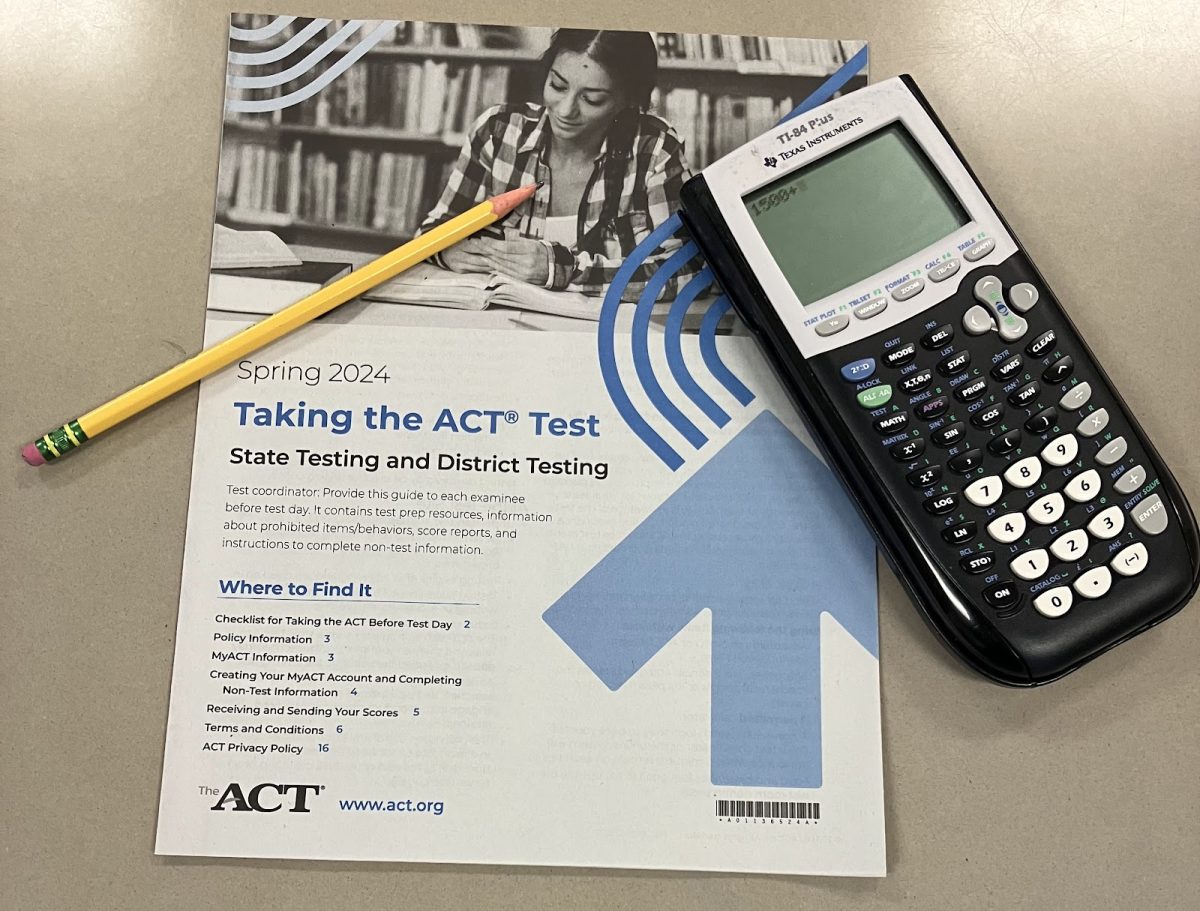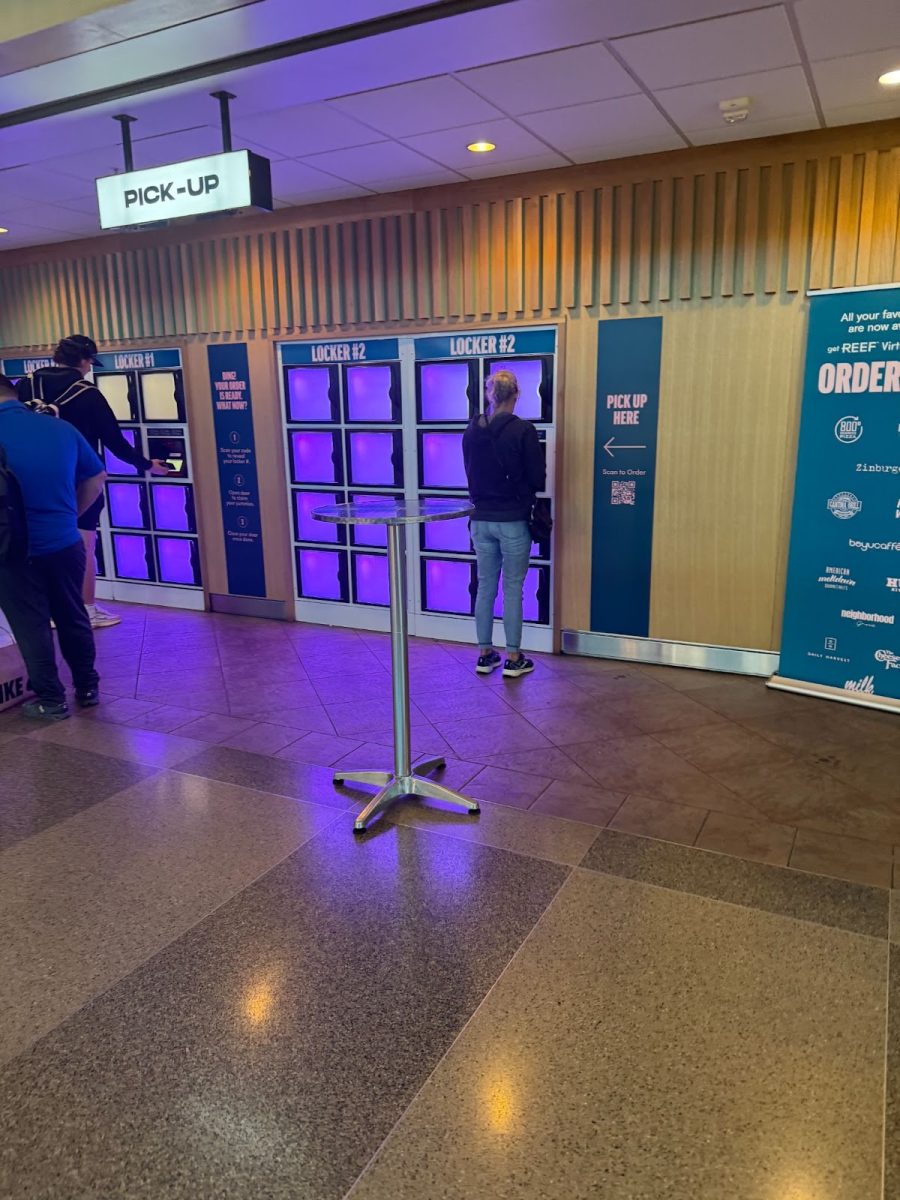While many colleges chose to make the historically famous Scholastic Aptitude Test (SAT) optional for applicants, nailing the SAT or ACT can significantly boost the chances of students getting accepted into their dream schools. The peak time for standardized testing approaches rapidly, so it is essential that high school juniors begin to prepare themselves for either the SAT or ACT. From two writers with a combined average of 1500+ on their SAT scores, here are tips, from pacing to content, on how to excel on these tests.
SAT: Reading (52 Q’s, 5 passages, 65 minutes) and Writing (44 Q’s, 4 passages, 35 minutes)
In the two English sections of the SAT, timing is frequently the biggest struggle for test takers. The average student will either leave multiple questions blank at the end of these two sections or be forced to randomly guess with time running out. However, there are a couple tips that will boost students’ chances of finishing each section confidently.
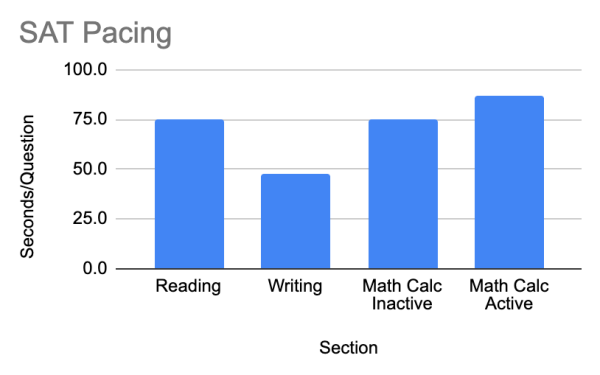
Read the question stems before reading the passage. This will activate one’s brain and prepare students to cognitively answer the questions while reading the passage, which will save time throughout the test. For example, after reading question prompts about vocabulary, specific paragraphs or quotes, students will have things to consider and look for while reading the text, to save time going back and forth from passage to question.
Save the “main idea” questions for last. A major mistake students make is that they always go in the order provided by the test. However, answering questions regarding vocabulary and smaller ideas in a passage will allow readers to build up their comprehension of the text to answer the main idea questions. Oftentimes during tests, students will have a “lightbulb moment” regarding difficult passages, when everything clicks. By saving main idea questions for last, most students are more likely to answer these with a complete understanding of the passages.
Read grammar sentences “out loud.” A lot of the English section regards questions about sentence structure, word choice and flow. Thus, most of the questions become that much easier to answer when students read the sentences out loud, as multiple options will typically sound incoherent or just outright wrong. It would be a testing violation to read sentences out loud during the real test, but sounding sentences out in one’s head is a realistic way to accomplish the same impact that reading out loud has. On questions that seem difficult in the English section, try this practice.
Prepare to understand impacts of punctuation. Apart from questions regarding sentence structure and diction, the English section covers all types of punctuation to test the student’s understanding of proper grammatical choices within paragraphs. Before the test, make sure to grasp the correct uses of periods, commas, semi-colons, apostrophes, colons and dashes. Remember proper capitalization after each of these punctuation marks. Be able to differentiate purposes, because the options for test questions will contain only slight differences.
Don’t second guess yourself. At the end of the day, no one is meant to get every question correct. The SAT and ACT are both about attempting all the questions and getting as many right as possible. Especially on the reading and English sections, don’t try to be perfect on every question. If two options seem correct, trust intuition, circle an answer choice and move on. Taking the test with confidence and urgency will guarantee a maximized score, as long as proper preparations are made.
SAT: Math inactive (20 Q’s, 25 minutes) and active (38 Q’s, 55 minutes)
Throughout the two math sections on the SAT, consistency is key. Additionally, there are multiple open-ended questions at the end of each section, so maximizing time left for those is essential to success.
Check, check and check. For the math section, precision is vital to success. No half credit will be granted regardless of how close to the answer one’s response may be, including on the open ended questions. Be sure to check over answers with any time left over, especially questions that are easy to answer in a few seconds. Additionally, many of the math questions allow students to plug in the answer choices into the equation as a variable value. Be sure to take advantage of this, as well as the calculator’s ability to check answers to questions.
Know SAT content. Prepare for the level of questions tested on the SAT and ACT. A majority of the questions are covered in Math 1, Math 2 and Math 3. While many test takers have taken higher math classes like Precalculus and Calculus it is important to focus on studying topics from Math 1, 2 and 3. Algebra makes up about 35% of the math section, so sharpening those skills will help boost scores within the math section. The transition from higher level math to standardized testing math can be abrupt, so be sure to spend time reviewing concepts that might be forgotten from Math 1 and 2.
Have a strong sense of time. While solving each math problem, one should strive to complete the question in one minute. Abiding by that pacing will allow students to have extra time to check their work at the end. The proctor should give a warning five minutes before time expires, the goal is to have finished all the problems by that time. If there is a question that takes longer than one minute, don’t panic, just move on to the next question. Any time remaining can be used to solve this problem and check over the rest of the solutions.
Solve the problems on paper. With the new version of the SAT being taken on a computer, it is advised that students copy down the original equation on paper, and solve it with pencil. To help with this, take an online practice test (Khan Academy offers several) and make sure to write down the problem on scratch paper. In the calculator active section, write down the calculations that are entered into the calculator. This will help to keep organization when going back to check answers and to remove any careless mistakes or errors made with computation, mental math or selecting answer choices.
ACT:
The structure, which can be one of the most important aspects of standardized testing, varies slightly between the SAT and the ACT. The ACT is more of a timing test, with slightly easier questions, but a higher volume of questions to answer within less time. For all four sections on the ACT, spending over a minute on any specific question will likely cause students to rush at the end of that section.
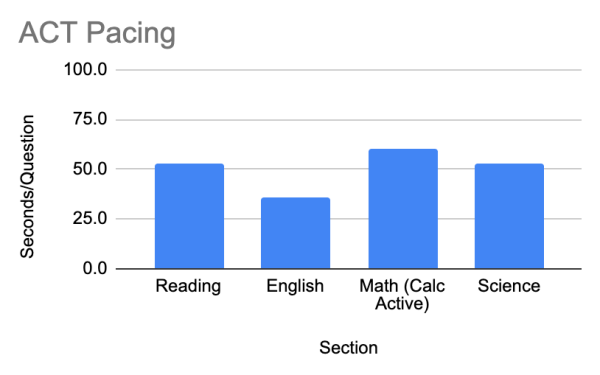
The reading section offers 40 questions spread across 4 passages in 35 minutes. The English section, which is the grammar part of the test, has 75 questions spread throughout 5 passages. Students are given only 45 minutes to complete the English section, allotting just over 30 seconds per question. The math section is all calculator active, instead of the inactive section that the SAT has, with 60 total questions due in 60 minutes. The final section of the ACT is unlike anything on the SAT, and can cause problems for students who haven’t been introduced to these types of questions: the science section.
The science section of the ACT is 40 questions within a 35 minute time frame, with groups of questions referring to the same passage, graph or study. This section tests students’ ability to evaluate scientific charts, review data or comprehend topics discussed throughout a scientific article. Essentially, it balances the reading comprehension skills practiced in the first section with the data analysis skills engraved in the math section.
For many, this section seems to be common sense, as students find it easy to read graphs or passages and answer direct questions with very little interpretation necessary. However, if this section creates any issues for test takers, it is best to practice one’s evaluation skills for both mathematical displays of data and for short passages that describe a study or scientific notion. The answers to the questions within the science section can usually be directly found in the text, table or graph; this section does not test one’s knowledge on scientific facts like the water cycle, photosynthesis or the mitochondria being the powerhouse of the cell, but rather one’s ability to summarize data and correctly identify trends or patterns within provided information.
For all of those students planning to take a standardized test this spring, best of luck! Remember to get a good rest the night before and eat a quick breakfast so brain function is maximized. Be sure to bring a calculator, pencil, student testing ticket and definitely a type of identification.






























